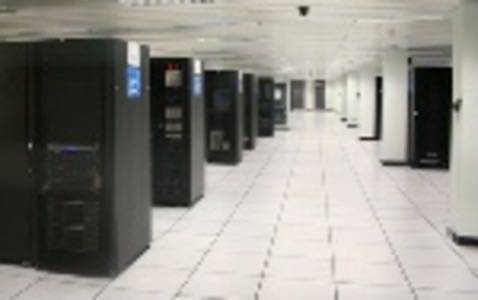According to Forrester Research, we’re in the initial phases of a new 16-year cycle of technology innovation and growth called “IT Everywhere.” This shift comes on the heels of the previous cycle which brought us networked computing technologies for our enterprise applications and the Internet. During this transitional period, CIOs need to be aware of which trends from the older cycle are still important and which of the new trends they should also be paying attention to. Forrester has summed up their findings in a recent report which focuses on these emerging trends.

Still Important
During this transition, it’s not “old with the old and in with the new” – several technologies from the prior period of innovation are still important. These include the following:
- Service-oriented Architecture (SOA) – middleware that enables new component apps
- Business Process Management (BPM) – user-driven automation of manual tasks
- Mobile – beyond laptops to cell phones and PDAs
- X Internet – RFID and sensors at the edge the net connects physical objects to the internet
New Trends CIO Should Care About
Keeping in mind that the above trends are not going away anytime soon, CIOs still need to be aware of the upcoming trends that will define the future of enterprise IT. In the “IT everywhere” wave, business technology (BT) is the driving factor. The control of this technology is being shifted away from IT and is increasingly under the control of the business organizations and the users themselves. Simply put, BT is the future of IT. When looking ahead to the future, Forrester recommends CIOs keep the following trends in focus:
- Technology Populism: Web 2.0 and social networking in the enterprise. Workers are provisioning their own tools, especially when IT can’t provide. IT had best look towards integrating Enterprise 2.0 into their organization – if they don’t, the end users will simply go find their own apps to use. The risks of ignoring this trend include compromised security, comprised privacy, and poor control of intellectual property. (We discussed this concept in more detail here).
- The Information Workplace: The information workplace is a term describing a next-gen platform that consists of numerous parts such as unified communications, portals, enterprise content management apps, office productivity apps, collaborative technologies, business intelligence, data warehousing, and more. However, the information workplace isn’t about each of these technologies individually, but how they all seamlessly come together as a whole. Today’s information workplace is role-based, individualized, and thanks to the Web 2.0 invasion, it’s also often “social” and “quick,” as Web 2.0 tools tend to be.
- Dynamic Business Applications: These are component apps that target certain roles but change easily. Over the next five years, IT’s goal is to develop enterprise software that adapts to the business and that’s capable of evolving as the business grows. These apps are designed with a focus on the people who use them, but are also highly adaptable as the business changes over time.
- Digital Business Architecture: This includes SOA, unified communications, and virtual computing among other things as a top-level conceptual model for planning the future of both technology and architecture. A digital business architecture means the design of your business is accurately reflected in your technology.
- IT Ecosystems: By 2012, there will be a shift in the dominant form of IT delivery from buyers self-integrating technology to having outside providers assemble and manage it. Those with the strongest delivery capabilities will lead the way. This trend will also include a shift away from software investments based on ownership to those based on subscription as well as an increase in new IP sourced from open communities.
- Enterprise Master Data Management: MDM focuses on delivering trusted data throughout the enterprise. Today the focus is on addressing cross-application data use and management while also considering MDM’s multiyear and multiphase business capabilities. In 2008, information and knowledge management professional will work on overcoming the organizational, process, and business case challenges to bringing this data to the enterprise.
Image credit: Johnnie Walker










